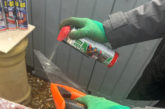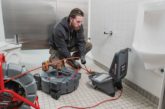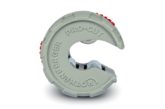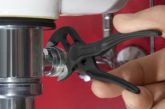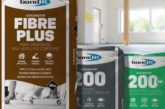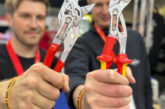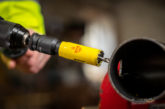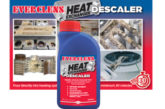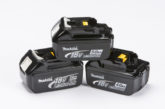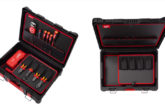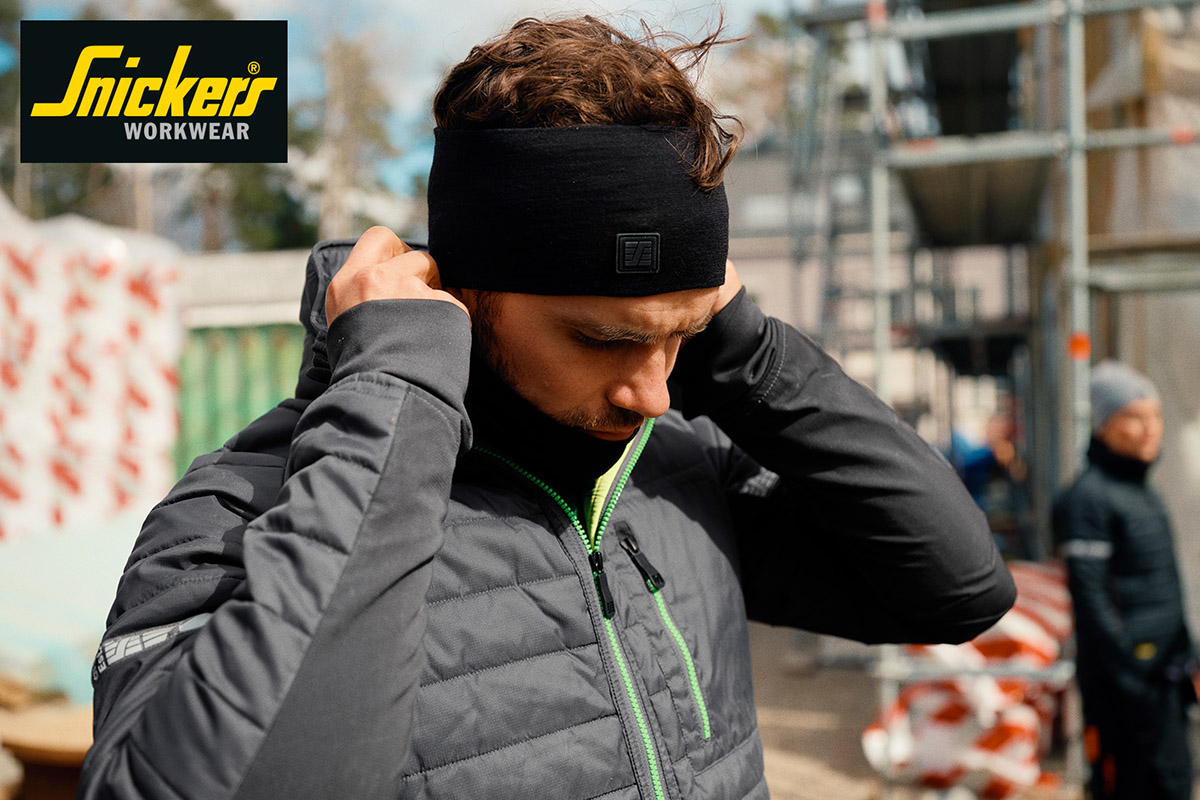
Peter Dumigan, Managing Director of the Hultafors Group UK, which owns Snickers Workwear and Solid Gear safety footwear, discusses how to keep warm and dry when working during the winter.
When the weather takes a turn for the worse, it’s time to make sure you suit up with clothes that work as hard as you do – properly designed, sustainable working clothes that have got what it takes to keep you warm and dry whatever you’re doing on site – inside or out.
This winter, workwear choices will be as much influenced by sustainability as they are for comfort, practicality and protection. Many tradesmen and women are now buying better-quality garments that will not only last longer but incorporate recycled fibres in the fabric technology which helps to reduce environmental waste.
Q. Working outside in cold weather can be a challenge on a number of levels. What approach can installers take to ensure they remain protected from winter weather?
If you’re wet or cold, you’re not going to be working as efficiently and comfortably as you could. That’s why wearing layers is the best way to maintain comfort and regulate your body temperature, especially when you’re working in unpredictable or generally inclement weather conditions. That’s why a 3-layer workwear system – Base-layers, Mid-layers and Outer-layers – will keep you warm and comfortable by transporting moisture away from your skin, insulating your body, and protecting you from cold, wet and windy weather.
Q. What are the technologies to look out for that can help installers to remain comfortable and dry during wet weather?
Staying dry and comfortable on site is all about choosing the right type of rainwear for the job in hand. Your choices depend on a variety of factors – the type of rain; how intensely you’re working; how many hours you spend outside – and whether or not the clothing layers you wear combine to create a climate control system for your comfort and wellbeing.
Here’s what to think about when dressing for wet weather work:
– For 100% waterproofness and a full day’s high-intensity work – choose a breathable waterproof garment with taped seams for maximum protection and breathability. – For 100% waterproofness in low-intensity work in pouring rain – choose a PU garment with welded seams.
– For a basic protection against water – choose a garment that is water-repellent. The garment will keep you dry if it’s drizzling but still offers breathability.
– Look for garments that are certified for performance and effectiveness to the certification standard EN 343.
– Don’t forget that what you wear underneath your outer layer really matters, so think about comfort and breathability features.
Also, sustainability is a major factor in today’s clothing choices. Look for clothes that have a hallmark for longevity and are made from environmentally friendly fabrics – Preferred Fibres such as REPREVE and SORONA which have more sustainable properties compared to conventional fabrics.
Q. What types of clothing should installers look out for to help remain warm, comfortable and ventilated when working outdoors?
Whether it’s hot or cold, the key to effective layering is making sure you stay dry, even when you’re working up a sweat. The best way to do just that is through the layer that’s closest to your skin – the Base-layer.
Base-layers
These undergarments, including socks are vital for staying dry and ventilated and the types you wear should ‘wick’ moisture away from your skin. The range of Base-layer clothes from Snickers Workwear have seamless comfort and a great ergonomic fit, but different garments fabrics such as those with ‘37.5 technology’ provide different levels of ventilation and warmth depending on how active you are while working and the weather conditions you’re working in.
For instance, during the colder months of the year, Merino wool is a natural and durable Base-layer choice. While it can absorb around 5% of its own weight in moisture, this type of wool has the added benefit of being naturally odour resistant – and it’s environmentally friendly.
Mid-layers
If your job involves moving back and forth, indoors and outside, or you find yourself constantly switching back and forth between physical and stationary tasks in colder conditions, then it’s worth paying particular attention to your choice of Mid-layer clothing. Your second – middle – layer is designed for warmth and insulation and to compliment your base-layers. If it’s ergonomically designed for a body-mapping fit, it should trap your body heat in a pocket of warm air around you. That means your Mid-layer needs to fit well, without being too tight or loose. Ideally, it will be made from a knitted, quilted, fleece, or microfleece materials that provide an airy yet comfortable enclosure.
However, if your work is physically demanding, ventilating your body is vital and this is where garment functionality is absolutely vital. You’ll need ‘Hybrid’ garments that provide insulation combined with ventilation and multiple functionality features like Snickers Workwear’s fleeces, gilets and lightweight jackets which are made from more environmentally friendly fabrics such as recycled polyester.
Outer-layers
If you have to work outside in cold, wet, or windy weather for long periods, work will get even harder. That’s when you’ll definitely want to protect yourself from the elements with your own protective shell – the third weatherproof Outer-layer. Your third layer needs to deliver effective wind and water protection to keep you warm, dry and to ensure the effectiveness of the two inner layers. And as with both Base- and Mid-layers, you’ll want to avoid getting too warm – so insultation combined with ventilation features in your outer garments are absolutely vital.
That means that you need jackets designed to be durable and weatherproof which complement the garments’ overall technical functionality. Snickers Workwear’s Work Jackets are built to be weatherproof enough to keep the elements at bay, and durable enough to withstand the wear and tear of hard day’s work but still delivering the level of breathability and ventilation you need for a comfortable and effective day at work.
Q. Although it may sound like a contradiction, overheating can be a problem for many people working outdoors during cold weather. What features should installers seek-out to ensure this doesn’t happen?
Never forget about ventilation. The breathability of your clothing layers is just as crucial for your comfort as is the outer-layer protection against water especially when you’re working really hard. So, make it a habit of checking the breathability features of the fabric in the garments you buy to ensure that the fabrics transport sweat away from the skin. Breathability comes in two ways. Either the breathability of the fabric itself, such as 37.5 technology sports fabric, or built-in ventilation functionality such as zippers or meshed fabric areas at the sides and back of the garments.


